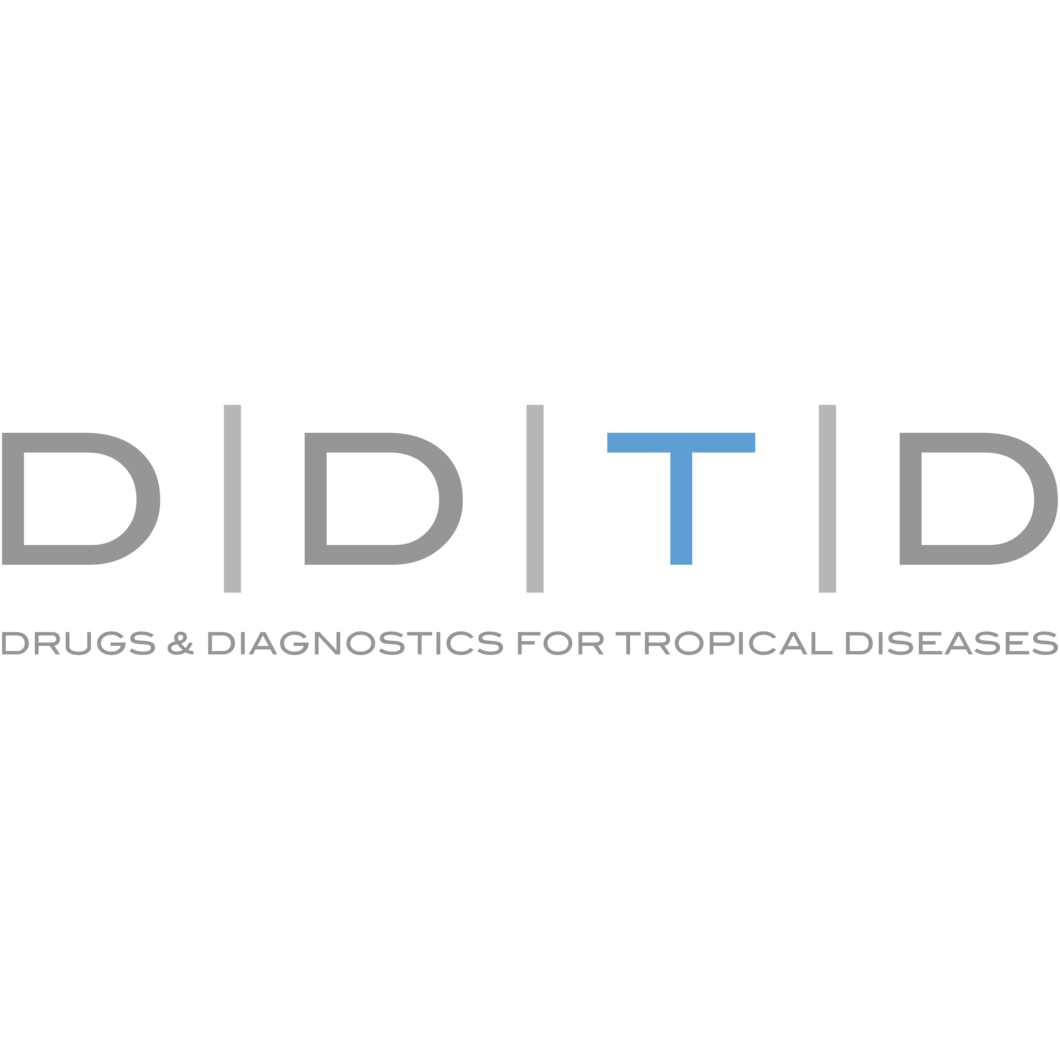Current CAMPAIGN
Current Status of Lymphatic Filariasis Control and Elimination
Lymphatic filariasis (LF), commonly known as elephantiasis, is a painful and profoundly disfiguring disease that affects 40 million individuals in 73 countries stretching from Africa to Asia. LF is caused by two species of filarial parasites that are transmitted to humans through mosquitoes: Wuchereria bancrofti, which is found globally and accounts for 90% of cases (“Bancroftian LF”), and Brugia species (B. malayi, B. timori, and B. pahangi), which are confined to Southeast Asia and responsible for the remaining 10% of cases (“Brugian LF”). LF can lead to permanent disability from grossly disfigured limbs with thickened, hardened skin (lymphoedema, elephantiasis) and swollen scrotum (hydrocele). Those with severe symptoms are often unable to work and may suffer significant social stigma within their communities as a result of their disfigurement.
In 2000, the World Health Organization (WHO) launched the Global Program to Eliminate Lymphatic Filariasis (GPELF), which is the most ambitious mass drug administration (MDA) program ever deployed by WHO with an astounding 9 billion preventative treatments having been distributed between 2000 and 2021, resulting in 23 of 72 endemic countries having eliminated LF transmission (mainly caused by W. bancrofti) today. As more and more national programs see success and begin to stop MDA, there is an increased need for surveillance programs to ensure that there are no remaining hidden reservoirs of infection. WHO’s 2021-2030 Roadmap for Neglected Tropical Diseases requires all LF endemic countries to be implementing post-MDA or post-validation surveillance by 2030. Specifically, WHO recommends running two Transmission Assessment Surveys (TAS) in 2 to 3-year intervals after MDA has stopped and pre-TAS results are successful.
Both Pre-TAS and TAS programs critically depend on the availability of portable, high-quality rapid diagnostic tests (RDTs). Consequently, in 2021, WHO published a Target Product Profile (TPP) for Surveillance of LF defining the performance criteria that new RDTs must meet. The TPP calls for highly sensitive and specific in vitro diagnostic tests that will support the surveillance of LF in defined geographic areas by allowing to detect infection by Wuchereria bancrofti and/or Brugia species. Generous funding by the Task Force for Global Health (TFGH), the US Agency for International Development (USAID), the Bill & Melinda Gates Foundation (BMGF), and the National Institutes of Health (NIH) has allowed us to comprehensively tackle both species of filarial worms by establishing two concurrent projects aimed at developing new RDTs for Bancroftian LF and for Brugian LF.
A New RDT for Bancroftian LF
Two field-deployable tests designed to detect circulating filarial antigen (CFA) from adult W. bancrofti worms, the Immunochromatography Test Card (ICT) and the Filariasis Test Strip (FTS), were used for more than two decades to detect active infections. However, antigen tests may not be optimally suited for post-MDA surveillance activities, as they detect the disease only 18 months after a person has been infected and, in addition, lack sensitivity in post-MDA settings due to the low parasite burden in individuals having previously undergone drug treatment. Serological tests, which do not directly detect W. bancrofti antigens but rather IgG4 antibodies raised by the human host against these antigens, have been developed and used in both laboratory-based Enzyme-Linked Immunosorbent Assays (ELISAs) and in the only commercial, field-deployable RDT, the SD Bioline Lymphatic Filariasis IgG4 Test. All currently available serological tests are designed in such a way as to detect human IgG4 antibodies against the archetypical W. bancrofti antigen, Wb123, discovered by the group of Dr. T. Nutman at the National Institute for Allergy and Infectious Diseases (NIAID). None of the field-deployable tests mentioned above meets the criteria defined by the TPP for LF surveillance.
With this in mind, DDTD received funding from the NIH, the TFGH, and USAID to develop a new serological RDT for the diagnosis of Bancroftian LF that would meet all key TPP criteria, particularly in terms of sensitivity (minimally > 85%) and specificity (minimally > 98.8%). Our efforts have been directed at developing a second-generation test allowing to simultaneously detect antibodies to two antigens. The purpose of such a dual-antigen test is to achieve a superior specificity without negatively affecting the sensitivity by imposing the condition that both test lines must be visible to count the test as positive.
A New RDT for Brugian LF
The gold standard methods for diagnosing infection by Brugia species include examination of nighttime blood by microscopy or PCR for the presence of embryos (microfilariae) in the bloodstream. This is logistically too complicated and costly for programmatic use in TAS. ELISA formats exist but remain confined to laboratory use. The best practice recommended by WHO for transmission assessment surveys (TAS) has long been the use of the only commercial serological RDT, the Brugia Rapid Test (BRT). However, some quality issues have been encountered with the BRT over the years leading some Brugia programs to be paused. A new RDT that meets the TPP and that is manufactured under a stringent quality assurance program is critically needed today to resume programs for Brugian LF. Against this background, DDTD received funding from USAID and BMGF in early 2023 to develop a new RDT for Brugian LF observing ISO13485-compliant quality standards.
Our new test, termed Brugia Test Plus (BT+), was independently evaluated at Universiti Sains Malaysia, at Washington University in St. Louis, and in house at DDTD and shown to satisfy all key criteria of the TPP for LF Surveillance. A recent field study in Belitung East, Indonesia, confirmed that BT+ performs well and reproducibly in high-temperature and high-humidity conditions. With BT+ on the verge of programmatic adoption by WHO, we are now turning our attention towards developing a solid, ISO13485-compliant manufacturing process at DDTD.
Field evaluation of DDTD’s Brugia Test Plus (BT+) in Belitung East, Indonesia (2023)




